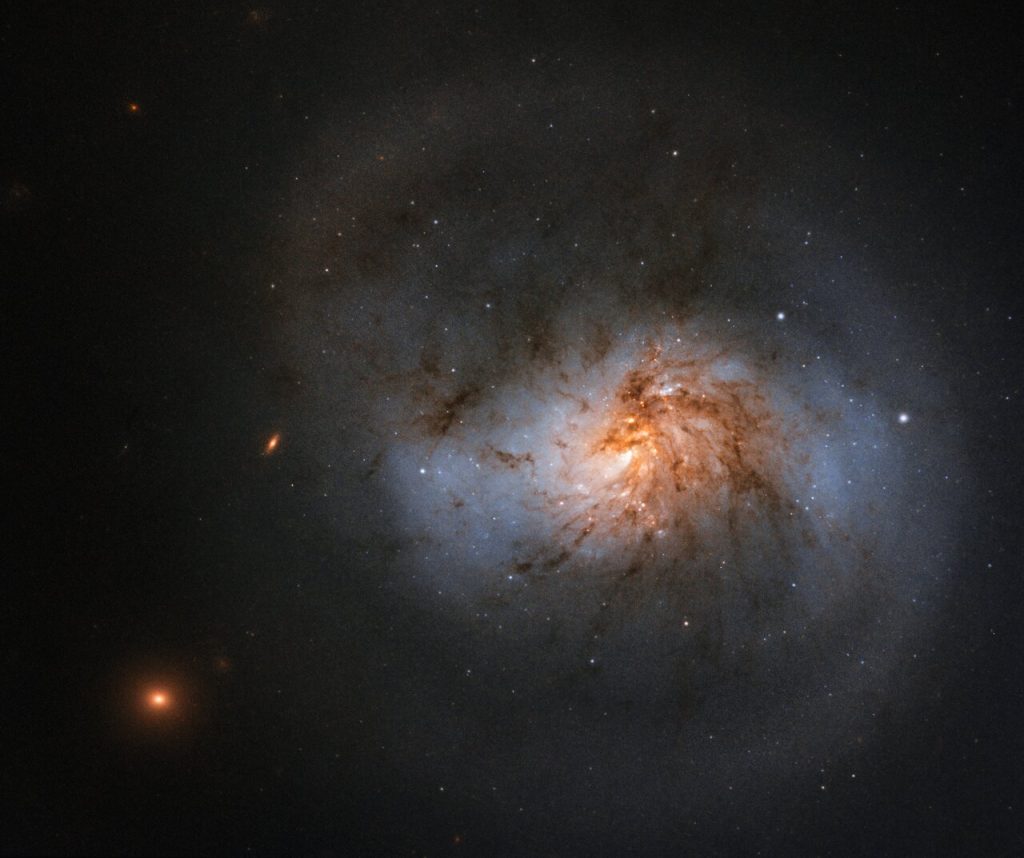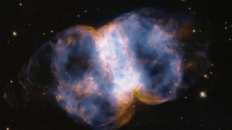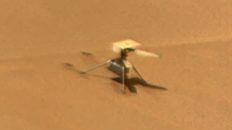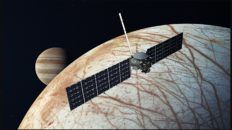
Essa bela galáxia, repleta de filamentos de poeira avermelhada foi registrada pelo Telescópio Espacial Hubble.
A galáxia é conhecida como NGC 1022, e é oficialmente classificada como sendo uma galáxia espiral barrada. No centro da galáxia é possível ver uma barra de estrelas, com braços espirais saindo dessa barra e circundando a galáxia. Essa barra é bem menos proeminente nessa galáxia do que em outras, o que dá a ela uma aparência estranha, se comparada com outras.
O Hubble observou essa galáxia como parte de um estudo sobre um dos objetos mais intrigantes do universo, os buracos negros. Esses objetos são componentes fundamentais das galáxias, e acredita-se que estejam na maioria, ou talvez até em todas as galáxias espirais. Estudos sugerem que a massa do buraco negro no centro da galáxia está ligada com as propriedades de grande escala da própria galáxia. Para aprender mais, e melhor sobre todas essas relações, é preciso estudar, observar e analisar o maior número de galáxias possível e as mais diversas também. Por isso, o Hubble é um especialista em observar galáxias tão diferentes e em um número absurdo, e por isso também que ele revoluciona a astronomia a cada dia que passa no espaço trabalhando.
Crédito:
ESA/Hubble & NASA, A. Seth
Fonte:
https://www.spacetelescope.org/images/potw2003a/





